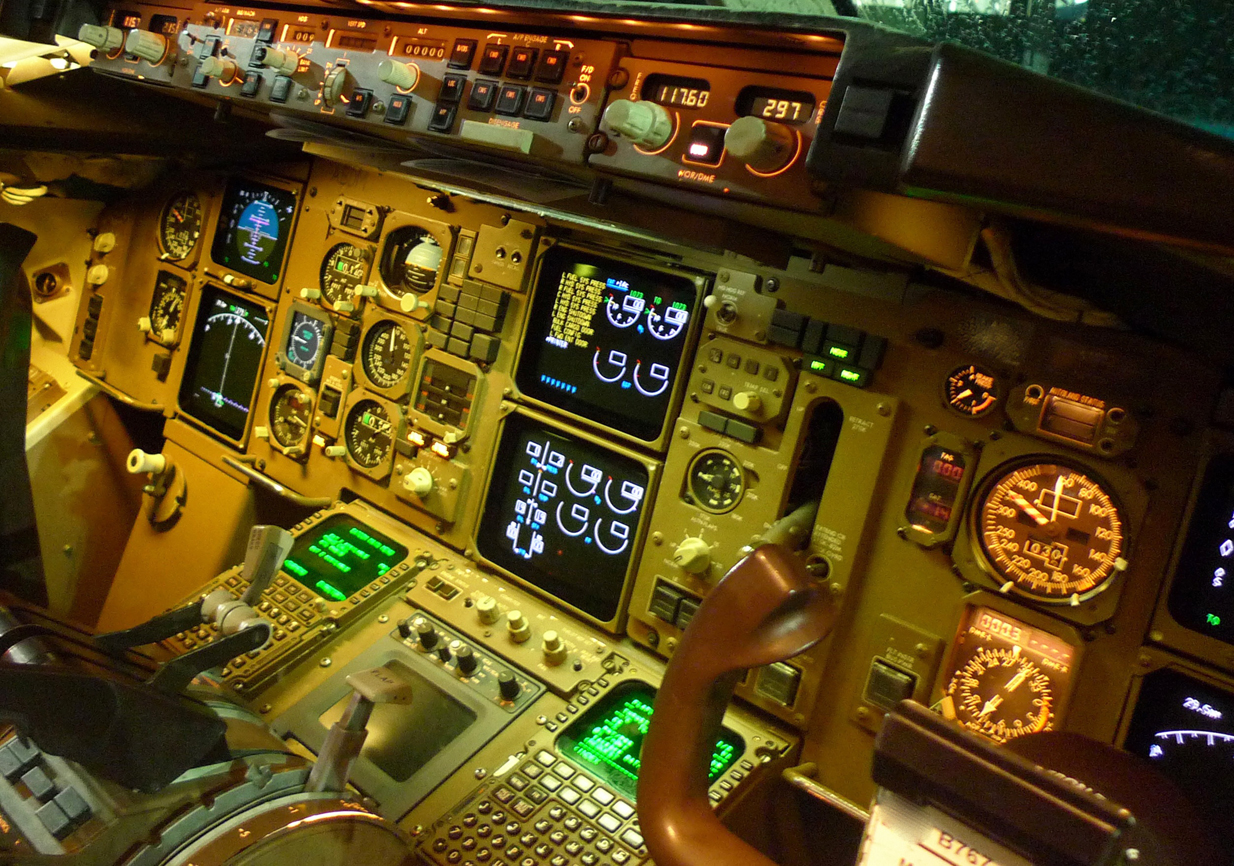Counting Up, Counting Down

November 18, 2024
ON NOVEMBER 12, 2001, two months after the 9/11 terrorist attacks, American Airlines flight 587 went down after takeoff from Kennedy Airport in New York. The Airbus A300-600 slammed into the Belle Harbor neighborhood of Queens, killing all 260 people on board, plus five others on the ground. This was, and remains, the second-deadliest airline accident ever to happen on U.S. soil, after the American flight 191 disaster, in Chicago, in 1979.
It also was 23 years ago. More than two full decades have passed since the last major air disaster involving a U.S. carrier — the longest such streak by far.
I was impressed when we made it to five years; amazed when we made it to ten; shocked when we hit 15, then absolutely astonished when we got to twenty.
And still the streak goes on. We’ve grown accustomed to it. Even I have. This year, the November 12th anniversary slipped right past me. I’m publishing this post almost a week later, after an emailer reminded me of the date.
Tens of millions of Americans were born, raised, and reached adulthood in this 23-years span. Tens of millions more were children at the time of the 587 crash. My point being: a huge portion of citizens have no real memory of commercial aviation prior to the early 2000s. Fewer and fewer people realize just how common large-scale accidents once were, year after year after year, both globally and in the United States. More than twenty air disasters occurred in 1985 alone. In 1974, the U.S. major carriers recorded five crashes, including two within three days of each other.
Training, technology, and regulation have all had big roles in what changed. So has luck, and it hardly needs saying that our streak at some point will end. Maybe in five months, maybe in five years, maybe tomorrow.
I have no idea what might cause the next big crash — who or what will be to blame. What I do know is that the ensuing media frenzy will be unlike anything we’ve ever seen. This is both because and in spite of how rare crashes have become. The smallest aviation mishap these days generates a remarkable amount of buzz, to the point where aviation is perceived to be a lot more unsafe than it actually is. I can’t imagine what the reaction would be — and will be — with a death toll in the dozens or hundreds.
Fifty years ago, in 1973, a Delta DC-9 crashed into the seawall at Boston’s Logan International Airport, killing 89 people. The incident barely made the front page of the New York Times, running below the fold, under an article about transit bonds.
Related Stories:
FUTURE TENSE
LUCKY AND GOOD
AMERICA’S DEADLIEST AIR DISASTER, 40 YEARS LATER








